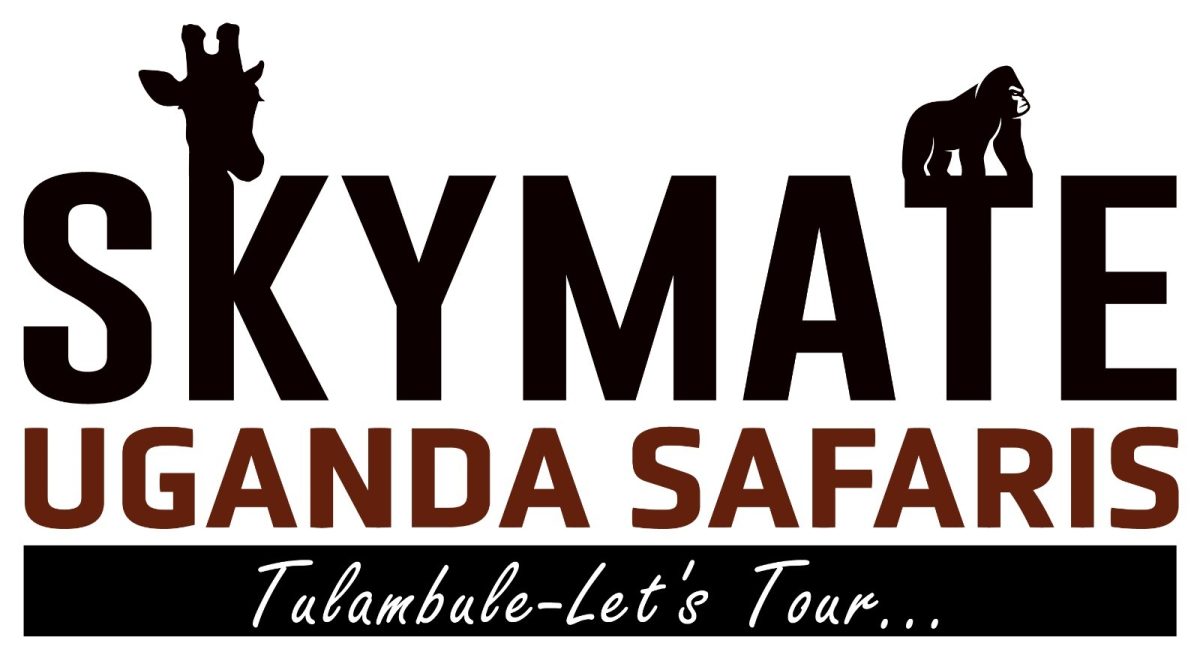As African safari experts we can imagine you have loads of questions while planning your safari in the Masai Mara.
The Masai Mara National Reserve in southwestern Kenya is one of the best places on the planet to see wildlife and a safari here will be the trip of a lifetime.
Locally known simply as The Mara, the reserve is named in honour of the Maasai people (the ancestral inhabitants of the area) and their description of the area when looked at from a distance.
“Mara,” which is Maa (Maasai language) for “spotted,” is an appropriate description for the circles of acacia trees, scrub, savanna, and cloud shadows that mark the area.
But which month is best for Masai Mara safari? How much does it cost to go to Masai Mara? What is Masai Mara safari famous for? How many days should I spend in Masai Mara?
Read on to discover all you need to know about a safari in the Masai Mara. Find a question unanswered? Contact us for more information and we will be happy to assist you!
How Big Is Masai Mara?
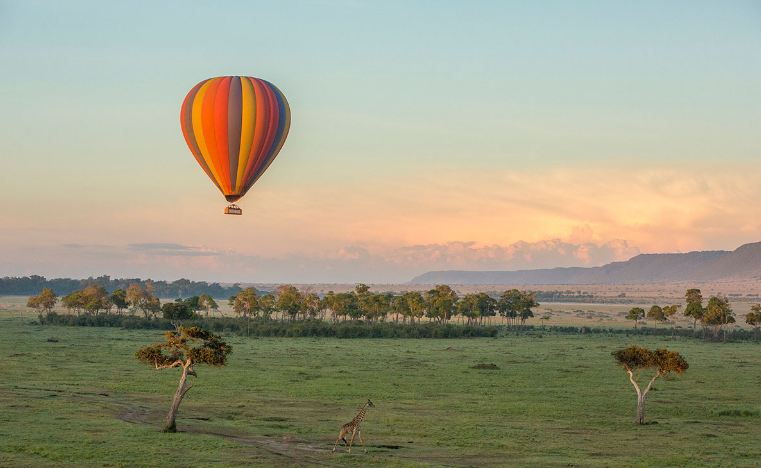
The total area under conservation in the Masai Mara ecosystem spans some 3,000 km2.
The area is split evenly between Masai Mara National Reserve (1,500km2) and various community-owned conservancies that share unfenced boundaries.
The Masai Mara ecosystem also shares unfenced borders with Tanzania’s 14760 square kilometer Serengeti National Park to the south.
The Talek, Sand and Mara River are the major rivers that drain the reserve.
The western border is the Siria Escarpment of the Great Rift Valley, which is a 5,600 km long system of rift, from Ethiopia’s Red Sea through Uganda, Kenya, Tanzania, Malawi and into Mozambique.
The Mara Triangle on the western bank of Mara River comprises 33% (510 km2) of Masai Mara National Reserve.
It is managed by a not-for-profit organisation The Mara Conservancy on behalf of Trans-Mara County Council.
The remaining 67% of the national reserve, on the eastern side of the Mara River, is run by the Narok County Council.
Why Go On A Safari in The Masai Mara?
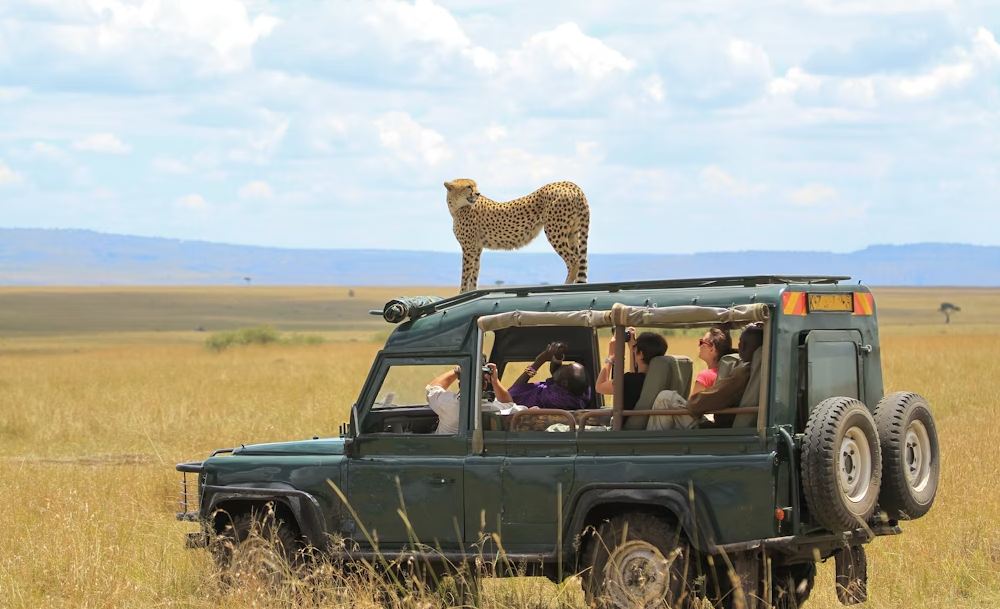
1. Big Cats
Masai Mara is widely known as a home of the Big Cats (lions, leopards and cheetahs).
The BBC Television show titled “Big Cat Diary” was filmed here.
Cheetahs are particularly well adapted to the region’s flat plains, which makes the Mara one of the best places to see these nimble predators.
They often seek vantage points on termite mounds, fallen trees, and even game drive vehicles!
It is a highlight of any safari in the Masai Mara National Reserve to watch the fastest land mammal on the planet chase down its prey.
2. Great Wildebeest Migration
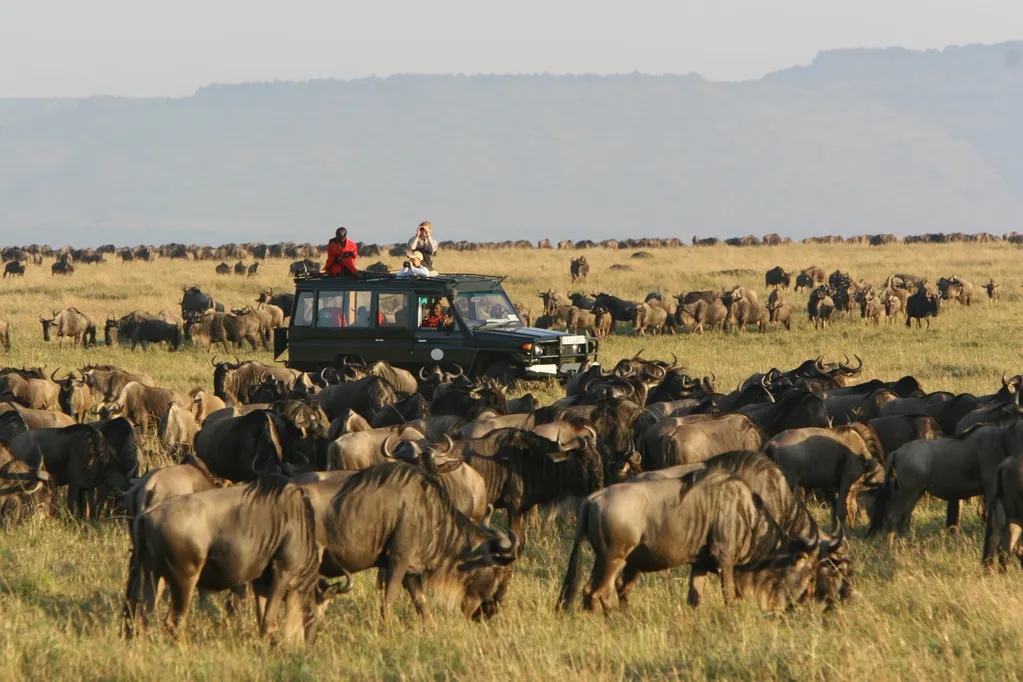
The Mara is also world famous for hosting the epic Great Wildebeest Migration – one of the greatest natural spectacles on Earth.
Almost two million wildebeest (with zebras, gazelles, and predators in tow) stage a mass movement on a scale that has to be seen to be believed.
3. Natural Beauty
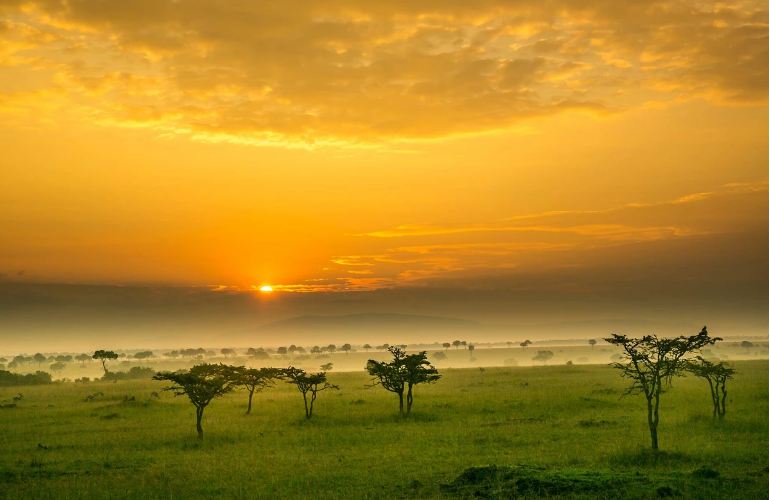
Masai Mara National Reserve is known for its natural beauty.
Very few places on the planet are as beautiful and authentic as the Masai Mara.
Indeed, if you have been dreaming of an African safari, the image you have in mind is probably very close to the safari in the Masai Mara.
This is quintessential Africa: sparse open savanna plains, with herds of grazers moving along the horizon, stopping in the shade of isolated acacia trees in the heat of the day.
4. The Big Five
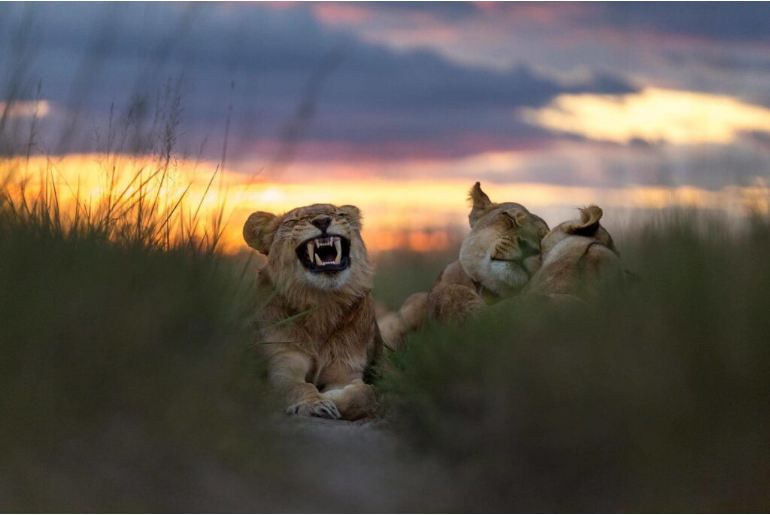
In Masai Mara National Reserve, you are almost guaranteed seeing Africa’s iconic Big Five animals (buffalo, elephant, Leopard, Lion and rhino).
You’ll be tripping over lions, elephants, and buffaloes as they are remarkably common and leopards are regularly seen too.
Black rhinos are also present in the remote Mara Triangle.
5. Mara River Crocodiles
Something else to look out for on a safari in the Masai Mara is the absolutely monstrous Nile Crocodiles. You can see them in the Mara River.
These ancient reptiles (some of them over 16 feet long!) lie in wait for the migrating mammals and seeing one of them catch a zebra and consume is indeed a memorable experience.
Amazingly, these crocodiles feed only once or twice a year during the wildebeest crossing; it is thought that some of these mottled green giants are over 50 years old!
6. Bird-watching
Apart from the abundance of mammals in Masai Mara, birding enthusiasts are treated when visiting to a huge variety of birdlife.
It is estimated that there are over 570 bird species.
These include many species of vultures, Secretary birds, kingfishers, Kori Bustard, aptly named Long-crested Eagle and Superb Starling, Grey Crowned Crane, the cute Pygmy Falcon, Sooty Chat, and the beautiful Lilac-breasted Roller, the national bird of Kenya.
7. Hot Air Balloon Safaris
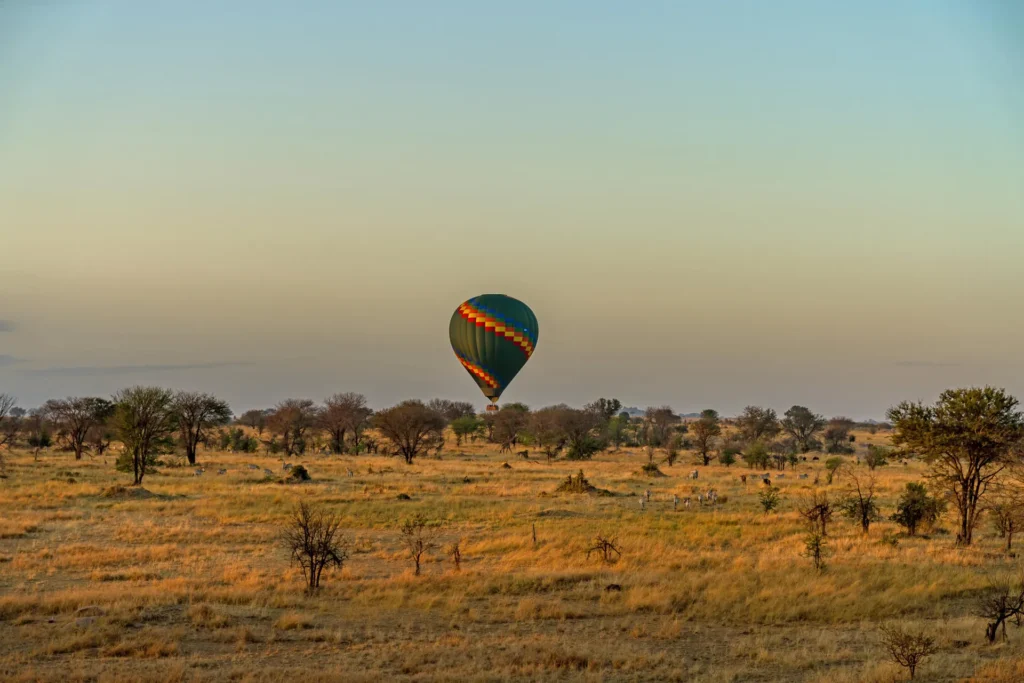
Besides thrilling game viewing in 4×4 vehicles, Masai Mara National Reserve is known for unsurpassable hot-air balloon experiences.
You glide through the sunrise, sometimes at tree height, to get some amazing photo opportunities.
Sometimes you ascend, getting an overview of the enormity of the plains and of the early morning movements of the teeming herds.
After touching down onto the plains, you’re treated with a delightful bush breakfast with champagne.
8. Masai People
Another highlight of a safari in the Masai Mara is the authentic cultural experiences with the Maasai people, a semi-nomadic, pastoral indigenous tribe whose communities abuts or lies within the bounds of the Mara.
Many of Masai Mara safari lodges we use for our safaris employ them as guides and staffers.
It is also common for safari guests to visit their traditional villages or see them out in the savann: men herding livestock; women carrying water or firewood.
9. Masai Mara safari lodges & Camps
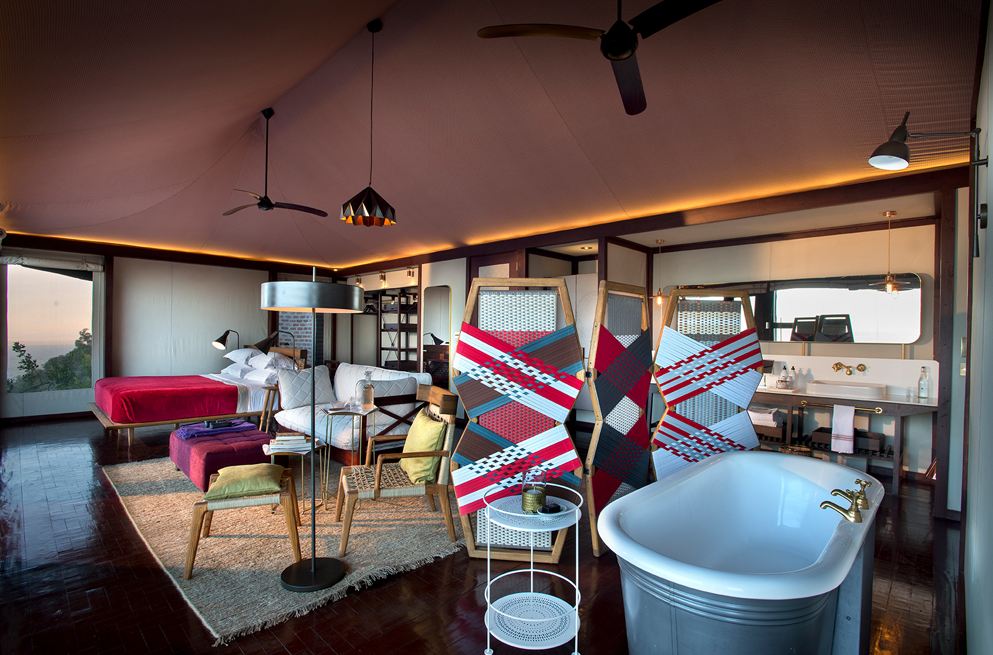
Masai Mara offers extraordinarily rich accommodation offerings.
Accommodation in the Mara ranges from no-fuss mobile camps that move with the Wildebeest Migration to old-style tented camps and very luxurious family-friendly lodges.
Eco-chic safari lodges with four-poster beds, sundowners with your favourite G&T and infinity pools overlooking the African savanna await.
10. Masai Mara Honeymoon Safari
Masai Mara is also one of the romantic safari destinations in Africa with many lodges that are suitable for couples and honeymooners.
There are also many activities to enjoy on a Masai Mara honeymoon safari, and one of the most obvious is the guided game drive.
Other activities include a hot-air balloon safari and a walking safari in the private conservancies.
And for something a little more romantic, you can also enjoy a candlelit dinner for two or a private bush breakfast where you will be waited on and served your meal in a pretty spot away from the camp or lodge.
11. Masai Mara Family Safari
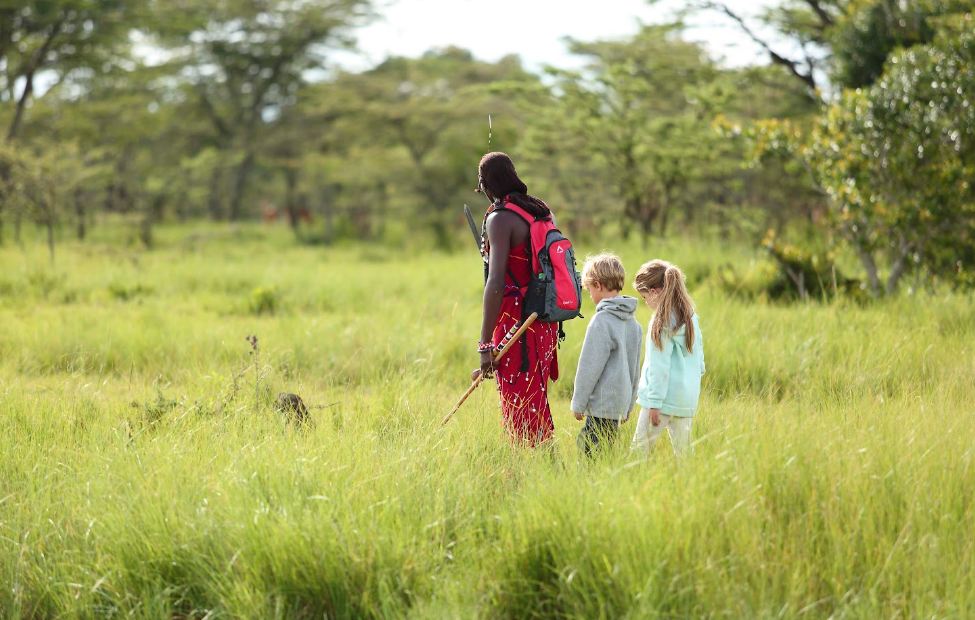
Masai Mara is also a fantastic place for an African family safari holiday for kids.
This great wilderness has a network of child-friendly accommodation, with staff adept at educating and entertaining.
Seeing elephants, lions, leopards, cheetahs, giraffes, hyenas, jackals, zebras, and massive herds of antelope against photogenic savanna backdrops will enchant kids of all ages.
Many Masai Mara safari lodges also offer kids’ activities such as nature walks, treasure hunts, bow and arrow shooting, fire making, storytelling and special extras such as kids’ adventure clubs.
The Masai People are truly charismatic teachers.
Masai Mara Conservancies
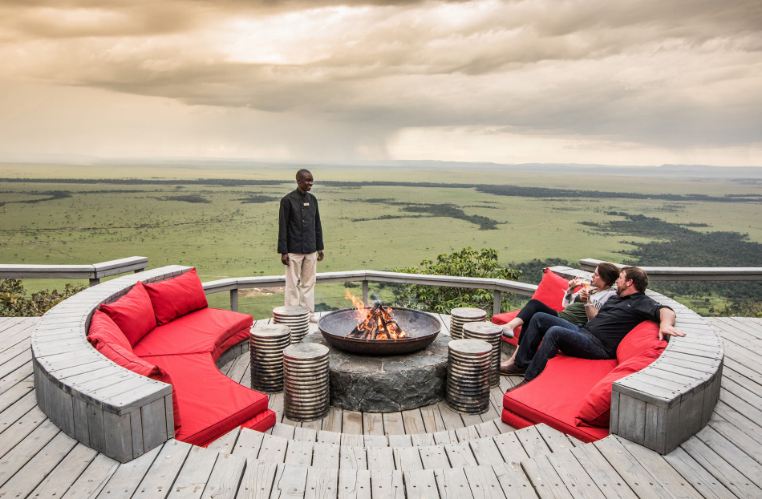
The concept of community-owned conservancies must be considered a Kenyan conservation success story.
With over 65% of wildlife in Kenya surviving outside of government-protected wilderness areas, it is easy to see why conservancies will be critical to conservation efforts in the future.
The rangelands around Masai Mara Reserve were once cattle grazing lands, but now the communities of landowners rent out the land to tour operators and the wildlife is protected.
Tourists who visit these conservancies play great role in ensuring the future of these protected areas by ensuring a continuous revenue stream for the local communities.
Some of these –Naboisho, Mara North, Olare Orok and Olderikesi, in particular – have some of Africa’s highest population densities for Big Cats and, though expensive, are only accessible for those staying in one of the conservancy’s small tented camps or lodges.
This makes the conservancies a far more exclusive private experience, especially during the height of the Great Migration.
Because they are tribal lands, you’ll pass the occasional Maasai villages and even large herds of beautiful and beloved Maasai cattle.
How To Get To Masai Mara?
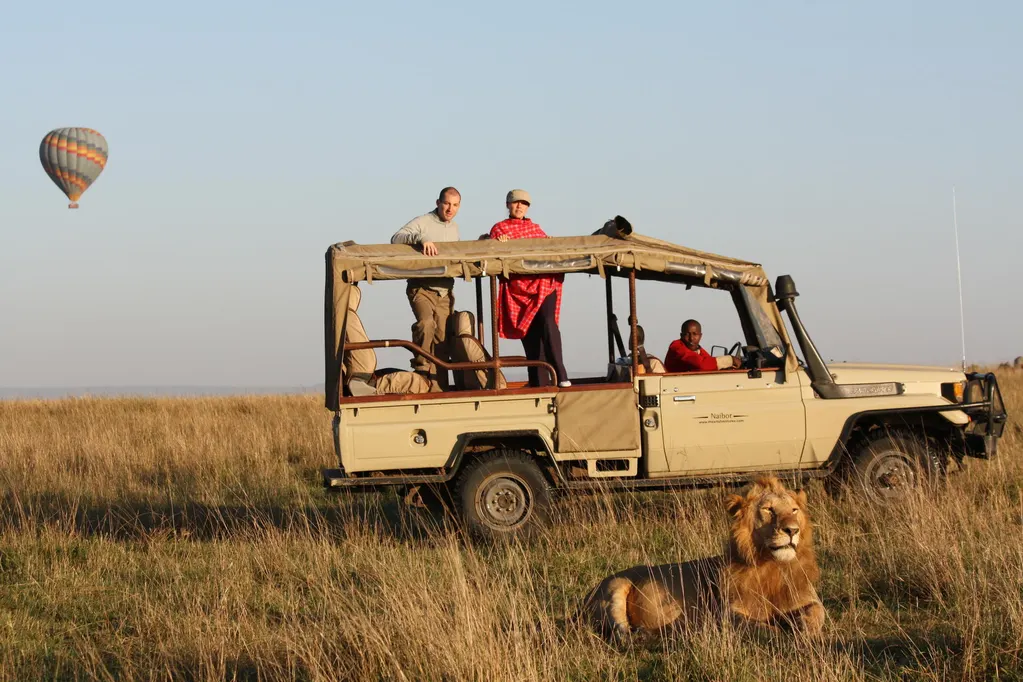
You can either drive or fly from Nairobi/Mombasa to Masai Mara. Nairobi city is approximately 306 kilometres (190 miles) away from the reserve.
1. Masai Mara Fly-in Safaris
Although a fly-in safari to the Masai Mara is generally pricier than a road safari, it is a lovely way to travel if you can afford it.
On a fly-in safari, you will fly directly from Nairobi, Mombasa or one of the other main Kenya safari parks to one of 9 airstrips in the reserve.
The flight takes around 45 minutes. You will have a great chance to get an aerial perspective of the southeastern savanna landscapes of Kenya.
The concentric shapes of the Maasai bomas (traditional buildings) are a recurrent pattern best seen from above, and you might be able to catch glimpses of the impressive Great Rift Valley escarpment too.
You might see giraffes galloping along the runway as the plane touches the ground, or maybe you will hear an elephant trumpeting in response to the plane’s noise.
Your guide will welcome you with a smile and hand you a cold drink for the short drive to camp. You’ll probably make a little detour to see a few animals before check-in.
The price of a fly-in safari to the Masai Mara National Reserve is generally higher than the price for a road safari. Not only is there the added cost of the flights, but fly-in safari packages tend to use luxury accommodation.
2. Masai Mara Road Trip
A road safari to the Masai Mara works differently.
The drive from Nairobi takes approximately 5 to 6 hours and the last part is very bumpy and dusty.
This can be uncomfortable (especially for delicate travelers) and time-consuming (especially on short trips).
However, the drive gives you an opportunity to see a bit of rural Kenya away from the tourist centers.
There will be some photo opportunities along the way, including a magnificent view over the Great Rift Valley.
Your driver-guide will take care of you for the duration of your journey and all game drives will be in the pop-up-roof 4×4 in which you left the city.
It is also possible to drive via Nakuru or Naivasha, visiting Lake Nakuru National Park or Lake Naivasha on the way.
How many days should I spend in Masai Mara?
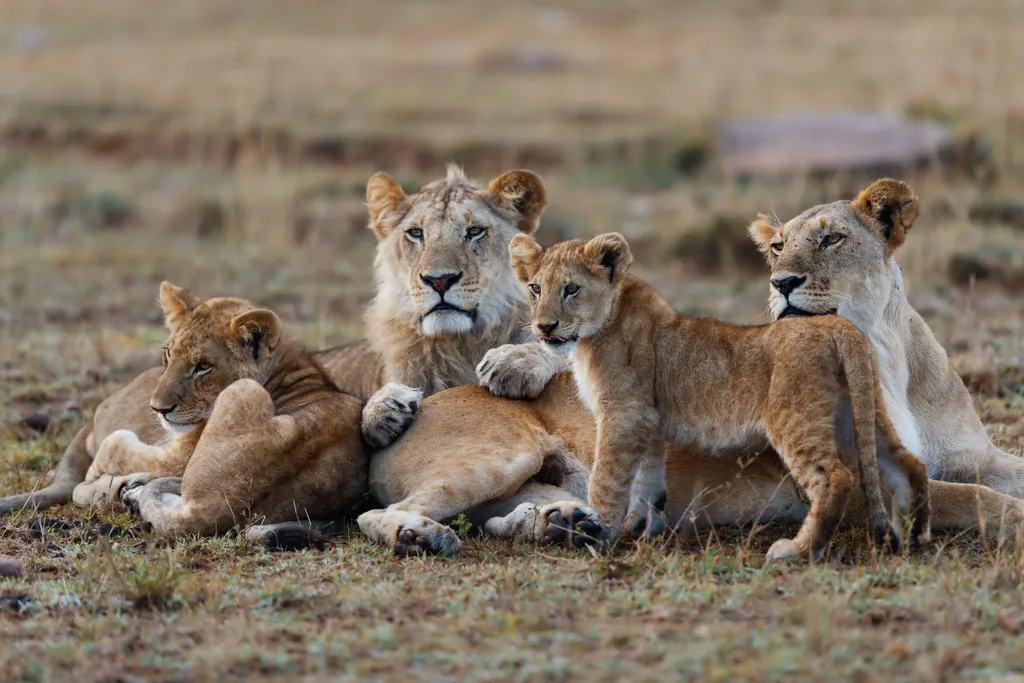
When planning a safari in the Masai Mara, you should ideally devote at least 4 days to your tour.
If really pressed for time, you can book a 2- or 3-day safari, but 4 days is definitely more comfortable and gives you enough time to settle into the bush.
On a 4-day Masai Mara safari, you can break up the drive to or from the reserve with an overnight stay at Lake Nakuru or Lake Naivasha, with the option to visit nearby Hell’s Gate National Park. Alternatively you can spend all 3 nights on a safari in the Masai Mara.
With 2 full days in the Mara, you’ll have plenty of opportunity to explore this iconic Kenya safari destination.
You’ll be able to experience a full-day dusk-to-dawn wildlife game drive that will include lunch at one of the picnic spots.
Morning and evening game drives are exciting as well, but on a full day you can get further into the reserve, away from the more-crowded areas.
Overall 4 days is a good amount of time for a safari in the Masai Mara if it is part of a larger Kenya safari adventure, but if not, I would recommend allocating a few more days to your safari if at all possible.
How much does a trip to Masai Mara cost?
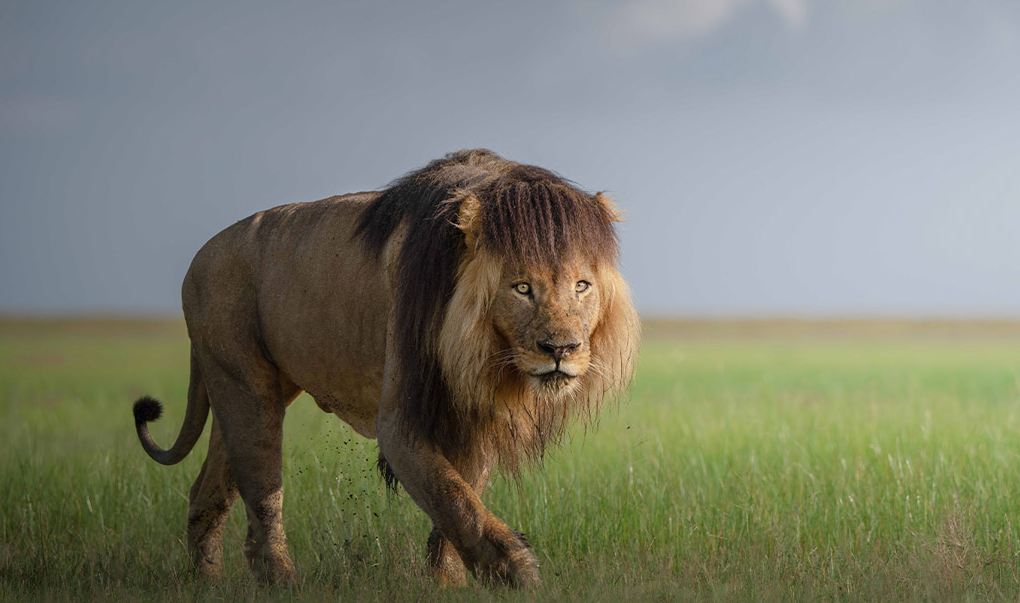
The cost of a safari in the Masai Mara will depend on the tour you choose.
Prices differ according to the duration of your trip, accommodation choices, inclusions (for example, park fees), transportation costs to and from the park; extra activities you want to add to your itinerary, like spa treatments, hot-air ballooning and cultural visits.
We can, however, provide approximate costs for a safari in Masai Mara.
The following estimates are based on a price-per-person-per-night, including accommodation and transfers:
4-star comfort
- High Season: $350 – $550
- Low Season: $300 – $400
4-star luxury
- High Season: $650 – $750
- Low Season: $500 – $550
5-star luxury
- High Season: $1000 – $1300
- Low Season: $900 – $950
Where To stay On A Safari In The Masai Mara?
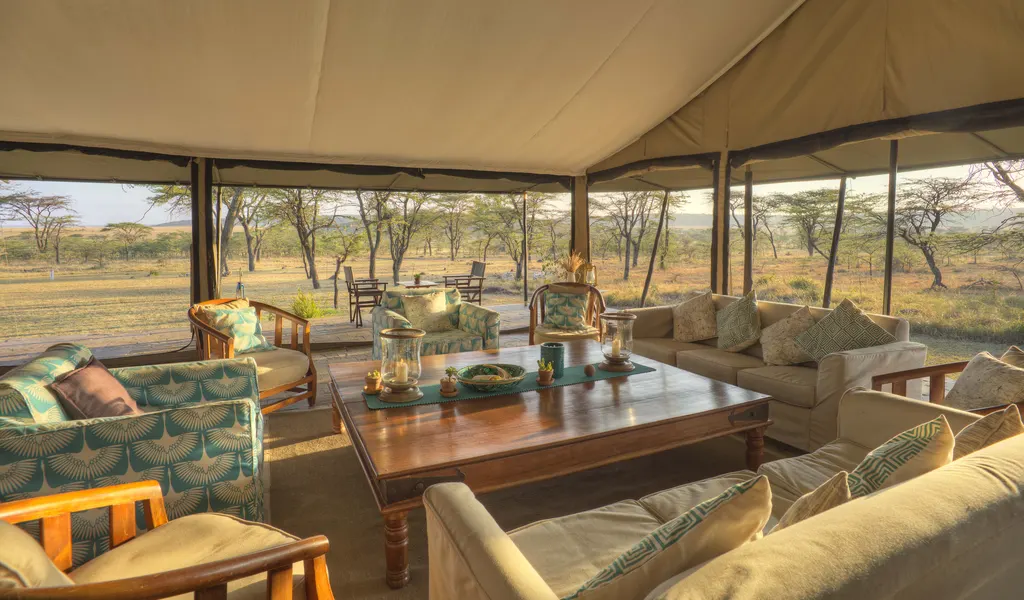
When selecting where to stay on a safari in the Masai Mara, remember that the reserve is vast.
And if time permits, it may well be worth planning to sleep in a couple of locations in the area to enable you to enjoy its different sectors, plus a couple of the private conservancies.
The conservancies are particularly good if you would like to experience all that Masai Mara safari packages have to offer – stirring scenery, abundant wildlife, Maasai culture – without the crowds.
Here are some of our favorite options:
Lodges in Masai Mara National Reserve:
- Sanctuary Olonana
- Rekero Camp
- Sand River Masai Mara
- Mara Bush House
- Sala’s Camp
- Kichwa Tembo Tented Camp
- Mara Intrepids Camp
- Angama Mara
- Cottar’s 1920s Camp
- Rekero Camp
- Little Governors’ Camp
- Governors’ Il Moran Camp
- Mara Serena Safari Lodge
- Ashnil Mara Camp
- Mara Leisure Camp
- Mara Sopa Lodge
- Jambo Mara Lodge
- Basecamp Masai Mara
Lodges in Private Concessions:
- Elephant Pepper Camp
- Naboisho Camp
- Saruni Mara
- Porini Lion Camp
Best time to Go For A Safari in The Masai Mara
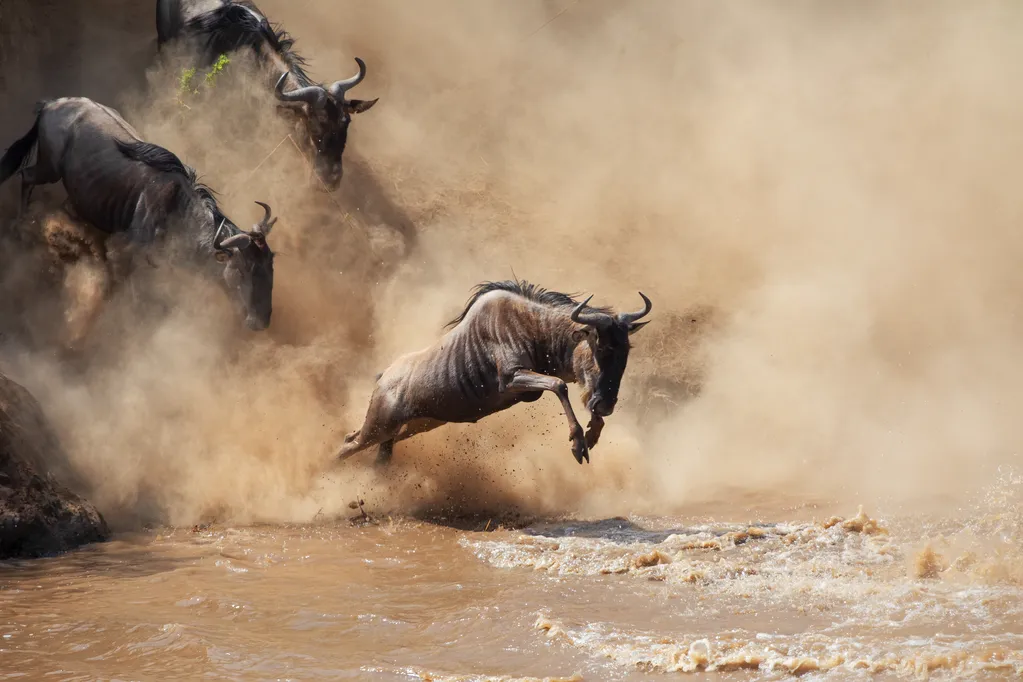
The best time for safari in the Masai Mara is during the world-famous Great Wildebeest Migration, from about August to November.
Because of changing rainfall patterns, the exact timing varies year to year.
Some years the rains might be early and the herds will arrive and depart sooner, while other times the late rains mean the wildebeest arrive later and you will still find stragglers.
However, thanks to its abundant resident wildlife and temperate climate, the Masai Mara is widely regarded as a fantastic year-round safari destination.
Its wide and open plains mean there is virtually always something to see – no matter what time of year you visit.
Read more about the best time to visit Masai Mara.
A safari in the Masai Mara Combines Well With…
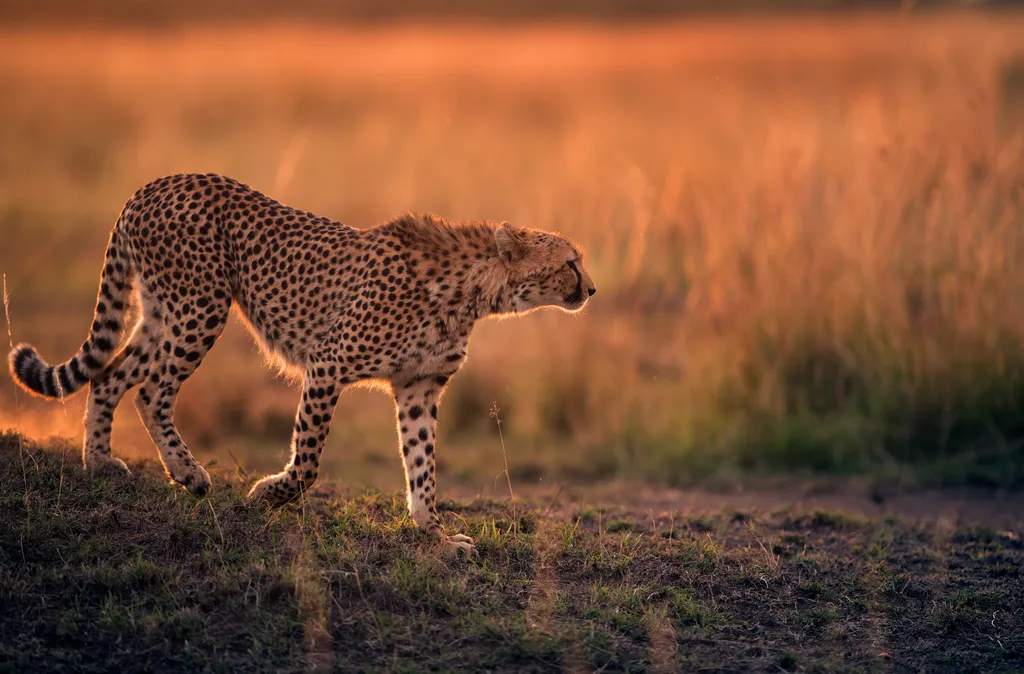
The rest of Kenya:
Amboseli National Park
- The best views of Mount Kilimanjaro – Africa’s tallest mountain
- Great big game viewing, especially huge-tusked elephants
Laikipia, Lewa and Ol Pejeta
- Off the beaten path – great for seasoned safari goers
- See rare northern white rhino and black rhino
- Go on camelback safaris
- Visit kenya’s only chimpanzee sanctuary
Samburu National Reserve
- Great game viewing, especially wild dog and leopard
- Fascinating cultural interactions with Samburu People
- See the ‘Samburu Special 5 animals’: Gerenuk, Grevy’s zebra, reticulated giraffe, Beisa Oryx and Somali ostrich
Lake Nakuru
- Over 400 recorded bird species including flamingoes
- See black and white rhinos
- See rare Rothschild’s giraffes
Diani beach
- Popular family resorts
- Exclusive beach lodges
Lamu Archipelago
- Reef scuba diving and snorkeling
- Barefoot luxury experience – ideal for a honeymoon
The rest of East Africa:
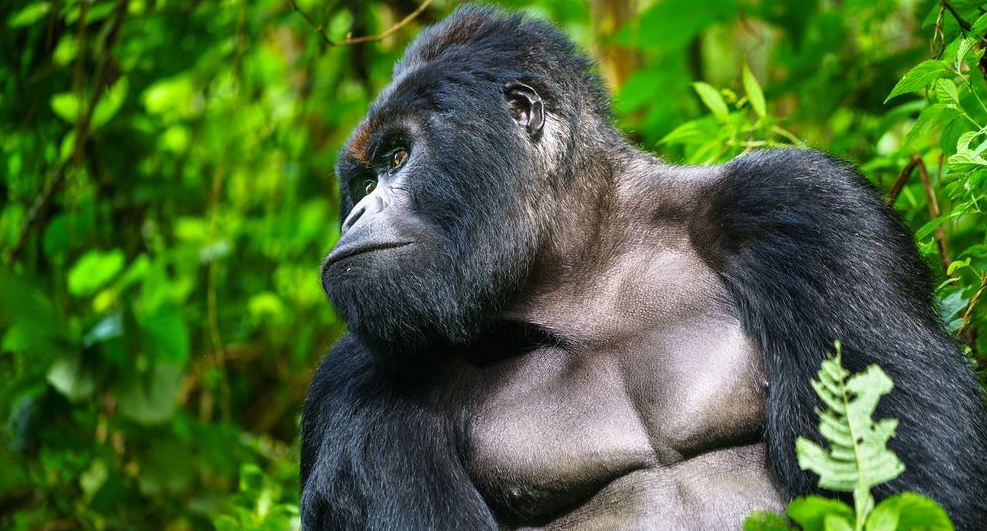
Because Nairobi is a major transport hub for East Africa, it’s very easy to get to other sensational destinations.
Tanzania
- See the Wildebeest Migration in the Serengeti
- Superb Big 5 viewing in Ngorongoro Crater
- Climb Mount Kilimanjaro
- Idyllic beach holiday in Zanzibar
- Unforgettable gorilla trekking in Bwindi Impenetrable Forest
- Chimpanzee trekking in Kibale Forest National Park
- White-water rafting on the Nile River
- Africa’s best birding-safari country
- Gorilla trekking in Volcanoes National Park
- Chimpanzee trekking in Nyungwe Forest
Is Masai Mara better than Serengeti?
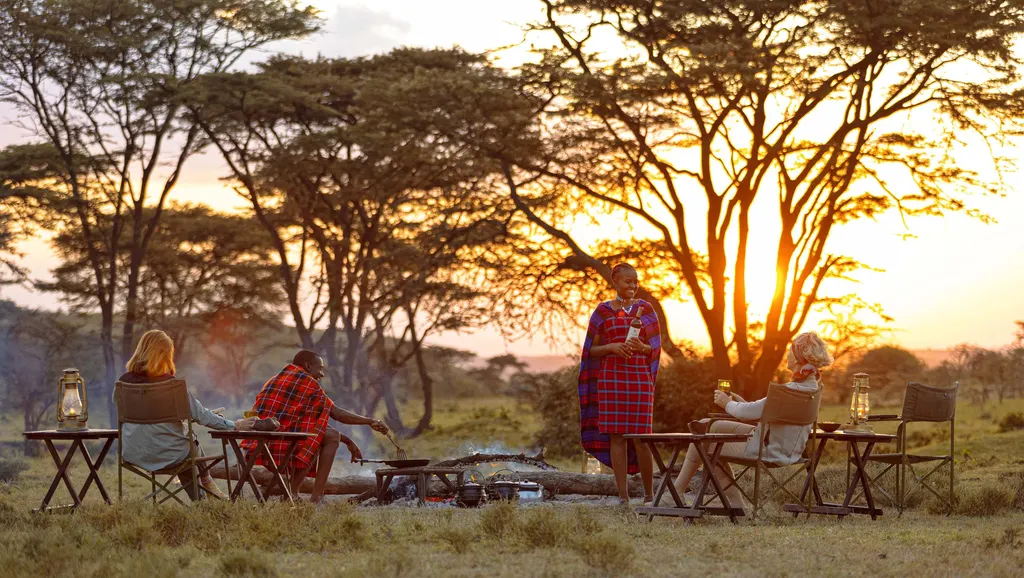
There is no better or worse when it comes to Kenya’s Masai Mara National Reserve and Tanzania’s Serengeti National Park.
These two world-famous safari destinations form part of the same cross-border ecosystem, and have much in common when it comes to landscapes and wildlife.
But there are differences too. Which reserve suits you better will depend not only on your preferences and priorities, but also on the time of year when you visit?
masai mara safari packages
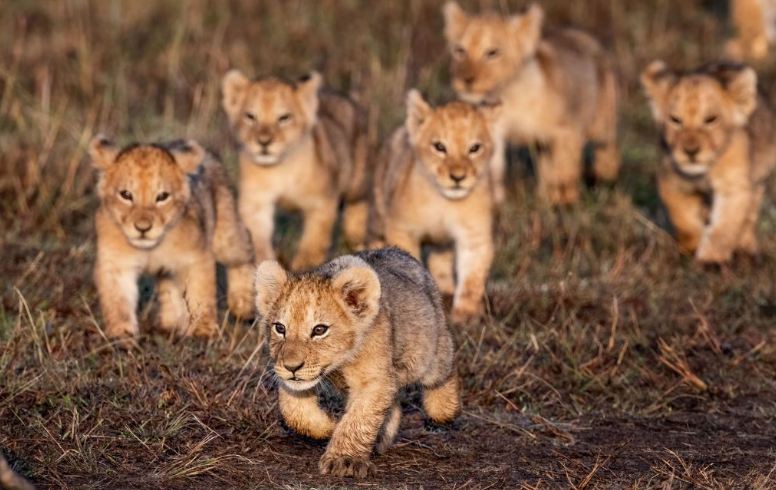
3-day Masai Mara safari – Kenya Wildlife Safari Tour
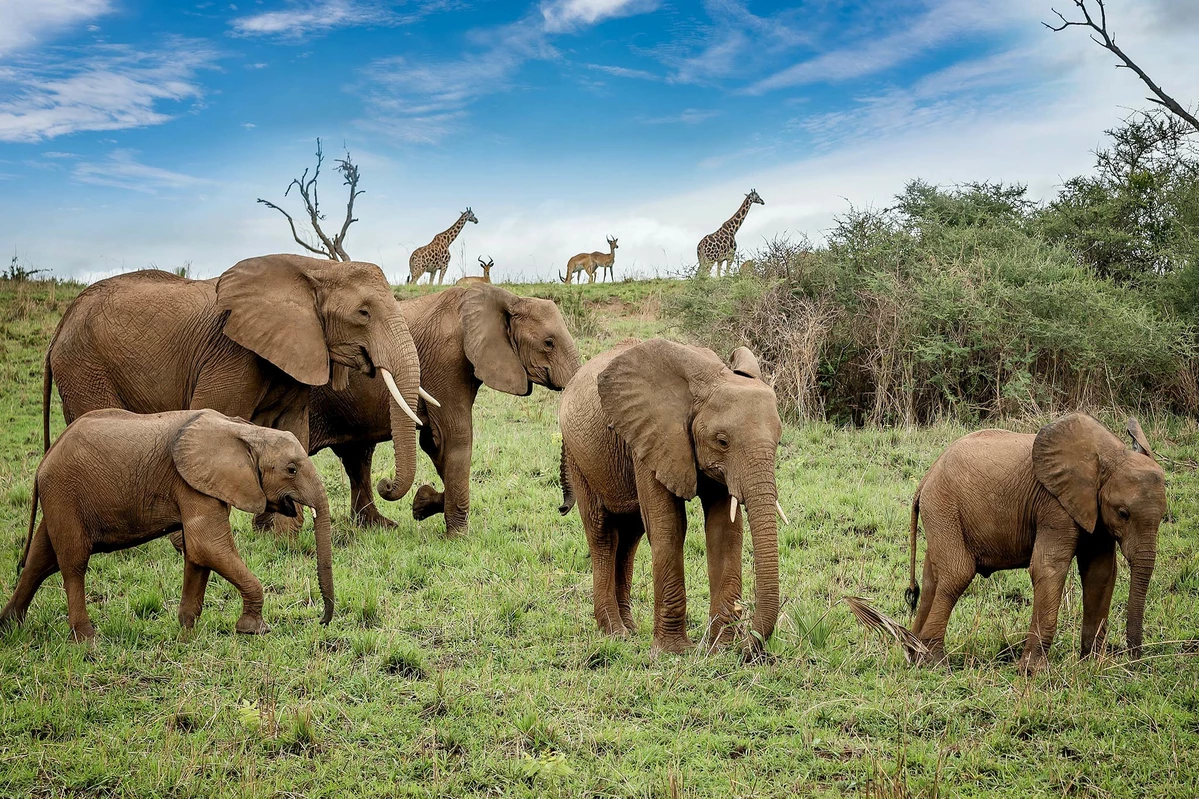
10-Day Kenya Tanzania Safari, Masai Mara, Serengeti, Ngorongoro & More!
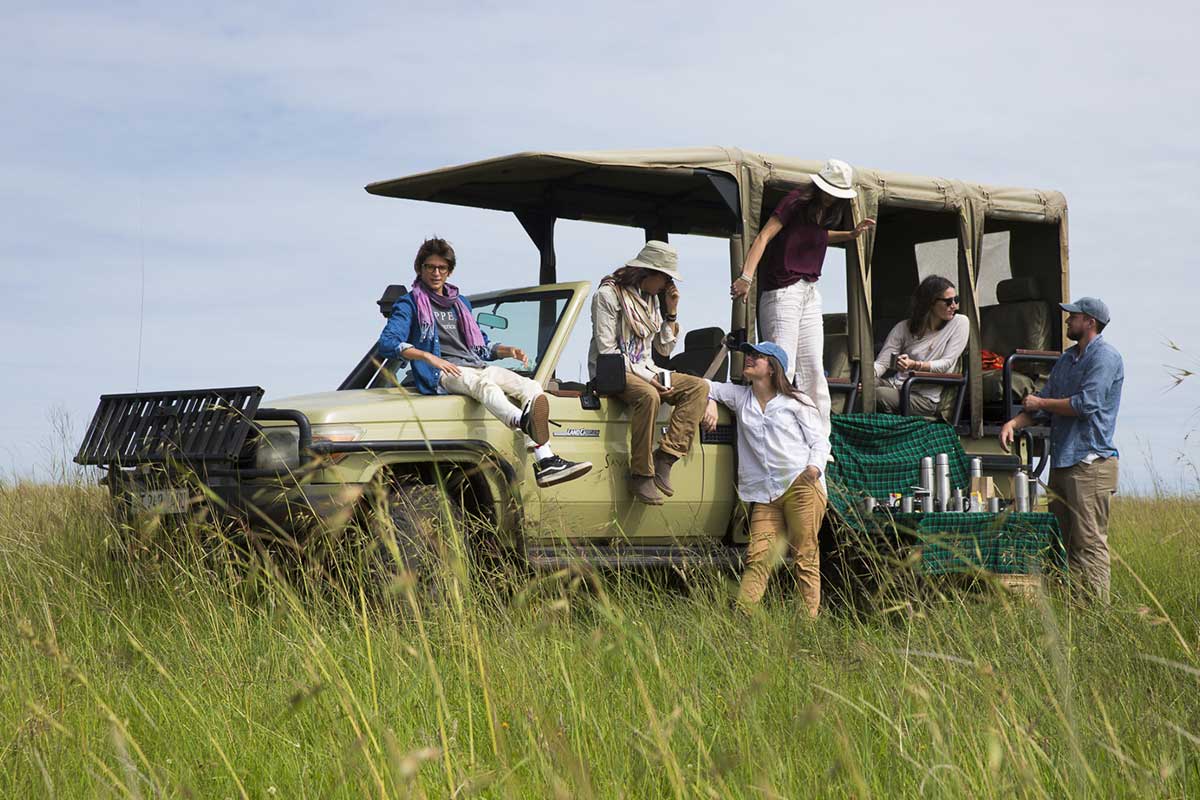
11 Days Kenya’s Big 5 & Conservancy Safari
Ready To Start Planning Your Safari In The Masai Mara
So, now that you know all there is to know about the Mara, why not co-create a tailor-made safari in the Masai Mara with us? Get in touch with our safari expert today.
